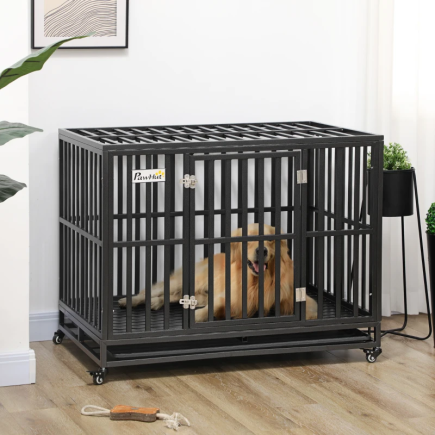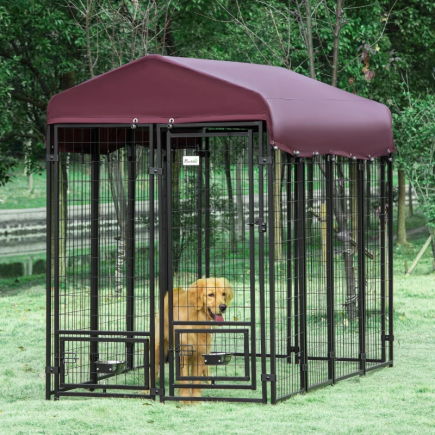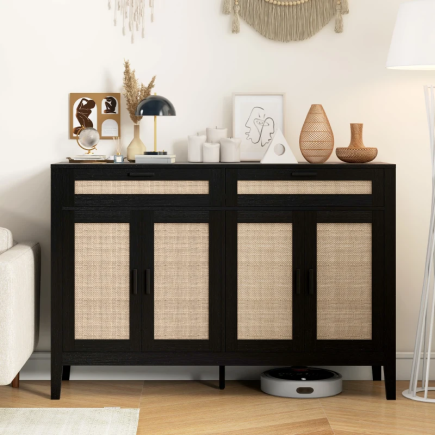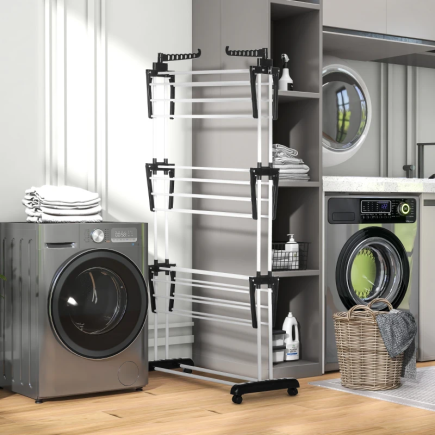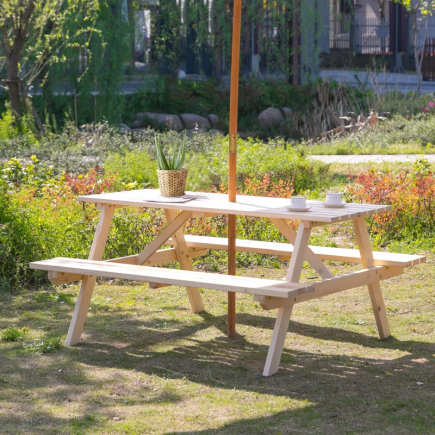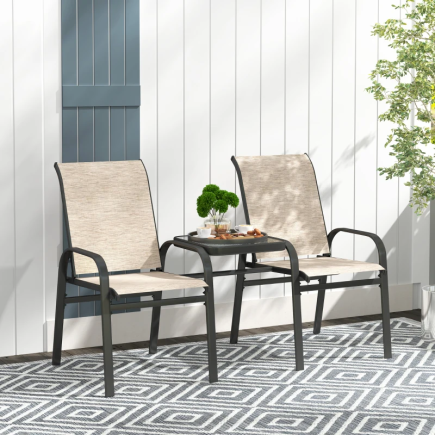A tower fan is a vertical fan designed to circulate air through a room efficiently. The fan’s slim design allows it to fit into tight spaces where traditional fans might not work as well, making it ideal for apartments, small rooms, or office spaces. Unlike traditional fans with visible blades, many tower fans feature a more modern and often bladeless design, creating a streamlined appearance that fits seamlessly into any decor.

Tower fans come in a variety of designs, with some featuring oscillation for wider air distribution, while others may include additional features like air purification and remote control operation for added convenience.
The Airflow Mechanism: How Tower Fans Circulate Air
At the heart of any tower fan is its airflow mechanism. Here’s how it works:
Air Intake
Tower fans typically feature vents on the side or back. The internal motor drives blades or impellers to pull air in through these vents.
Air Movement
Inside the tower fan, the impeller blades (or in the case of bladeless models, a different mechanism) force the air upward or outwards through specially designed slits or vents.
Air Distribution
The air then exits the fan through the vents along the height of the tower, circulating the room efficiently.

The key difference between tower fans and other types of fans is the direction of airflow. Traditional fans push air horizontally, which can lead to uneven distribution in a room. Tower fans, however, expel air vertically, which helps distribute the air more evenly across the entire space.
Vertical Airflow vs. Horizontal Airflow:
One of the reasons tower fans are so efficient is their ability to distribute air vertically.
Even Distribution
Vertical airflow helps ensure the air circulates evenly throughout the room, while horizontal airflow from traditional fans can create uneven cool spots. The design of the tower fan ensures that air rises and moves across the room without creating pockets of stagnant air.
Larger Coverage Area
Tower fans are designed to cover a larger area by pushing air upwards, then allowing it to disperse across the room. This can help reduce hot spots and cool the space more effectively.
Space-Saving
Vertical airflow allows the fan to remain tall and slim, making it a space-saving solution for rooms that need a more compact cooling system.
Bladeless vs. Traditional Fans:
Tower fans come in two main designs: traditional blade fans and bladeless fans. Both have their own unique features, but each operates on the same basic principle of airflow.
Traditional Blade Fans
These fans use rotating blades to move the air. The blades draw air in and push it out through the fan’s vents. While effective, these fans can create noise due to the spinning blades and may be less safe around children and pets.
Bladeless Fans
Bladeless tower fans have become increasingly popular for their modern design and quiet operation. Instead of visible blades, these fans use a mechanism to pull air through narrow openings, accelerating the airflow and pushing it out through an opening at the front. This results in a smooth, uninterrupted flow of air, often making them quieter and safer.
Oscillation: Spreading Air Across Larger Areas
Many tower fans come equipped with an oscillating feature, which allows the fan to rotate from side to side. This function is important because:
Even Air Distribution
Oscillation ensures that the airflow is spread more evenly throughout the room, covering a larger area. Without oscillation, a tower fan would focus its airflow in one direction, which might leave some areas of the room less comfortable.
Prevents Hot Spots
By moving the air in multiple directions, oscillation helps to avoid the creation of warm spots in the room, ensuring that the entire space receives a consistent breeze.

Energy Efficiency:
Tower fans are designed to be energy-efficient, and they offer a great alternative to air conditioning systems, which can consume a significant amount of energy. Here’s how tower fans save power:
Low Power Consumption
Tower fans typically use between 35 to 60 watts of power, much less than the hundreds of watts used by air conditioners.
Variable Speed Settings
Many tower fans come with multiple speed settings, which allow users to adjust the fan’s power consumption based on their cooling needs. The ability to control the speed means the fan only uses the energy it needs to provide the right amount of cooling.
Timers and Auto Modes
Some tower fans include timers and auto-adjusting modes that reduce energy use by automatically turning off after a set period or adjusting the fan speed based on the temperature in the room.

Quiet Operation:
Another major advantage of tower fans, especially the bladeless models, is their quiet operation. Many people choose tower fans because they don’t disrupt the peace and quiet of their spaces. Here’s why tower fans are quieter:
Smooth Airflow
The bladeless design or the specially designed blades inside traditional tower fans create a smooth, uninterrupted airflow, reducing turbulence and noise.
Ideal for Bedrooms and Offices
Since tower fans are quieter than traditional fans or air conditioners, they’re perfect for spaces where noise might be a problem, such as bedrooms or offices. You can enjoy a comfortable breeze without disturbing your environment.
Noise Levels
Modern tower fans can operate as quietly as 25 dB, which is close to the noise level of a whisper. This makes them an excellent choice for those who need to sleep or concentrate in a quiet setting.
Air Circulation and Cooling Effect: Creating Comfort
While tower fans don’t lower the temperature in a room like air conditioners, they create a cooling effect that helps improve comfort. Here’s how:
Air Circulation
By circulating air effectively, tower fans help reduce the feeling of stuffiness in a room. The movement of air promotes the evaporation of sweat from your skin, which creates a cooling sensation.
Comfortable Environment
The more air is moved around the room, the less likely it is that you’ll feel hot or uncomfortable. This can make a big difference, especially in smaller spaces or rooms without air conditioning.
Space-Saving Design: Ideal for Small and Compact Rooms
One of the standout features of tower fans is their ability to fit into tight spaces. Unlike bulky pedestal fans or large air conditioning units, tower fans have a slim, vertical design that makes them easy to place in any room.
Minimal Floor Space
The tall, narrow design allows tower fans to fit into corners or small areas where traditional fans might not work.
Compact and Portable
Most tower fans are lightweight and easy to move around, making them ideal for people living in apartments or homes with limited space.
Convenience Features: Remote Control and Timers
Tower fans come with a range of user-friendly features that make them even more convenient to use:
Remote Control
Many models come with a remote control, which allows you to adjust the speed, oscillation, or turn the fan off without having to get up.
Timers
Timers are another great feature, allowing users to set the fan to turn off after a certain period. This can be especially helpful for those who want to run the fan while they sleep but don’t want to leave it on all night.

Tower Fans offer a great solution for those who want an efficient, space-saving, and stylish way to stay cool. With features like adjustable speeds, quiet operation, energy efficiency, and modern designs, they make it easy to create a comfortable environment in any space. Whether you’re in need of a fan for a small room, a quiet space for sleeping, or a sleek and portable fan for your office, tower fans are a versatile and reliable choice.
By understanding the mechanism behind tower fans, how they work, and the benefits they offer, you can make an informed decision about whether a Tower Fan is right for you. If you’re looking for an affordable and effective way to stay cool, tower fans should definitely be at the top of your list.
FAQs
1. Do tower fans work as well as regular fans?
Tower fans work well for providing steady airflow in small to medium rooms and are usually quieter. However, regular pedestal fans are typically more powerful and better for larger spaces.
2. Do tower fans help reduce humidity?
Tower fans do not reduce humidity directly, but they improve air circulation, which can make a humid room feel less stuffy and more comfortable.
3. How long can you run a tower fan continuously?
Most modern tower fans are designed for long-term use and can safely run for many hours or even overnight, provided they are kept clean and well-maintained.
4. Can you use a tower fan with an air purifier?
Yes, a tower fan can complement an air purifier by helping circulate clean air more efficiently throughout the room.

